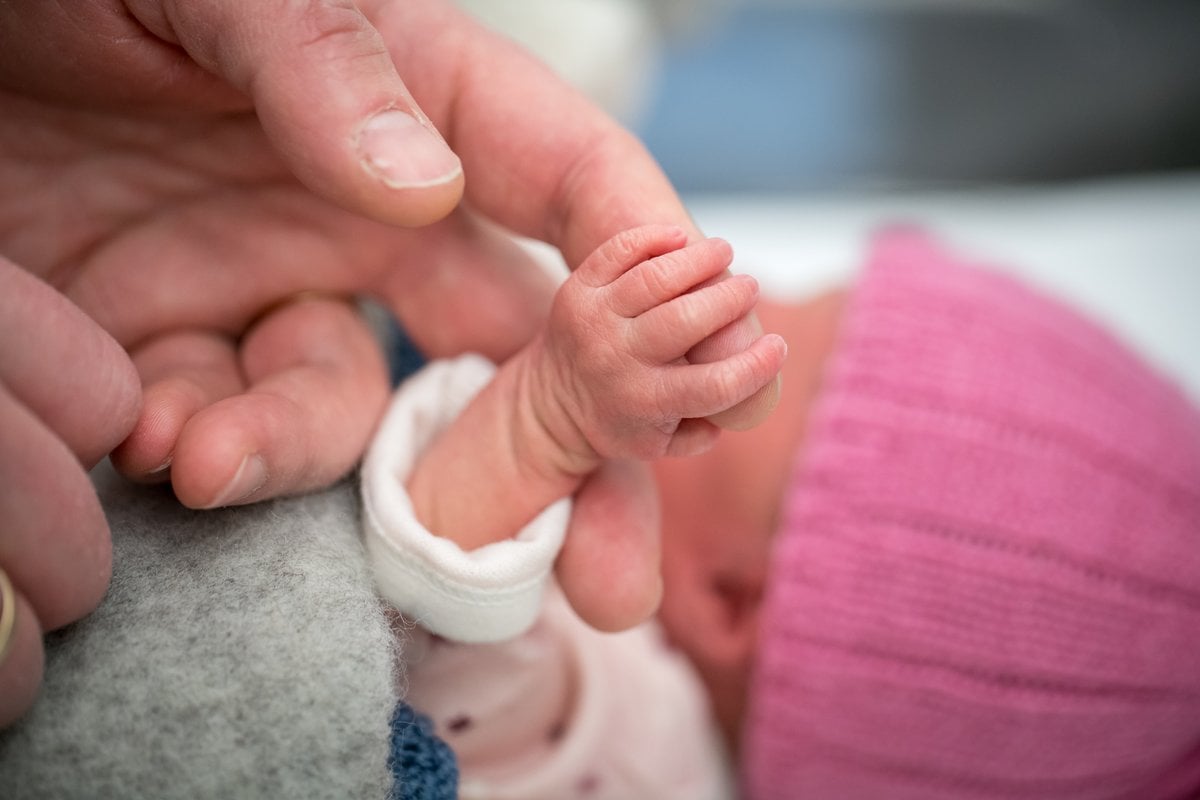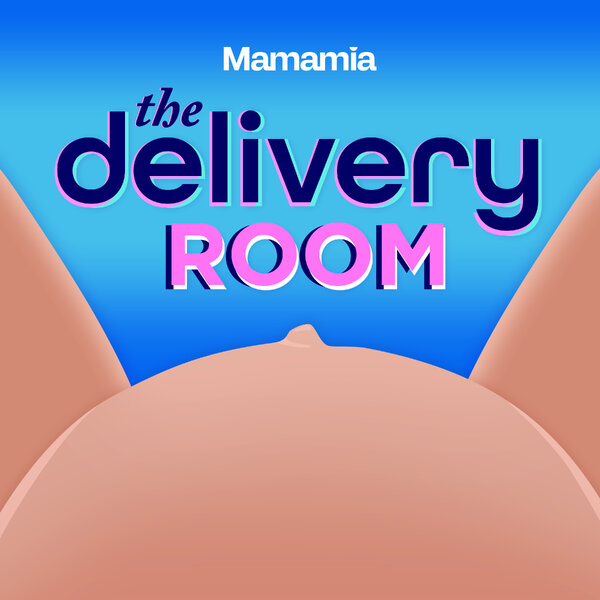
Molly Everette Gibson is five weeks old. But technically, she could have been born at any point in the last 27 years.
The American girl is the result of a donated embryo that was frozen in 1992, held in storage and implanted into her birth mother Tina Gibson this February.
It's the oldest known donated embryo to have resulted in a child, according to the University of Tennessee Preston Medical Library. That record was, in fact, previously held by Molly Everette's older sister, Emma Wren.
Emma Wren was born in 2017, following the successful implantation of a 24-year-old embryo from the same donor.
For perspective, the sisters' birth mother was only one-year-old when both the embryos were created.
But could that ever happen in Australia? What are the laws and processes here?
Let's take a look.
What is the law around embryo donation in Australia?
Embryo donation is legal throughout Australia.
While there is no specific federal legislation governing assisted reproductive technology, there are national ethical guidelines and an industry code of practice, which clinics must follow in order to be accredited.


